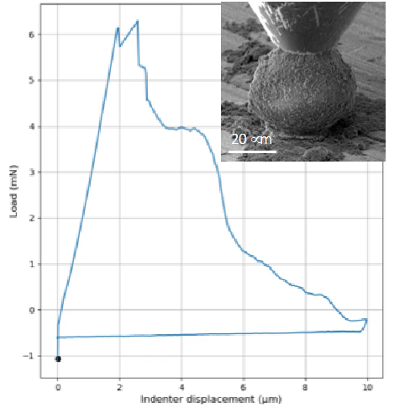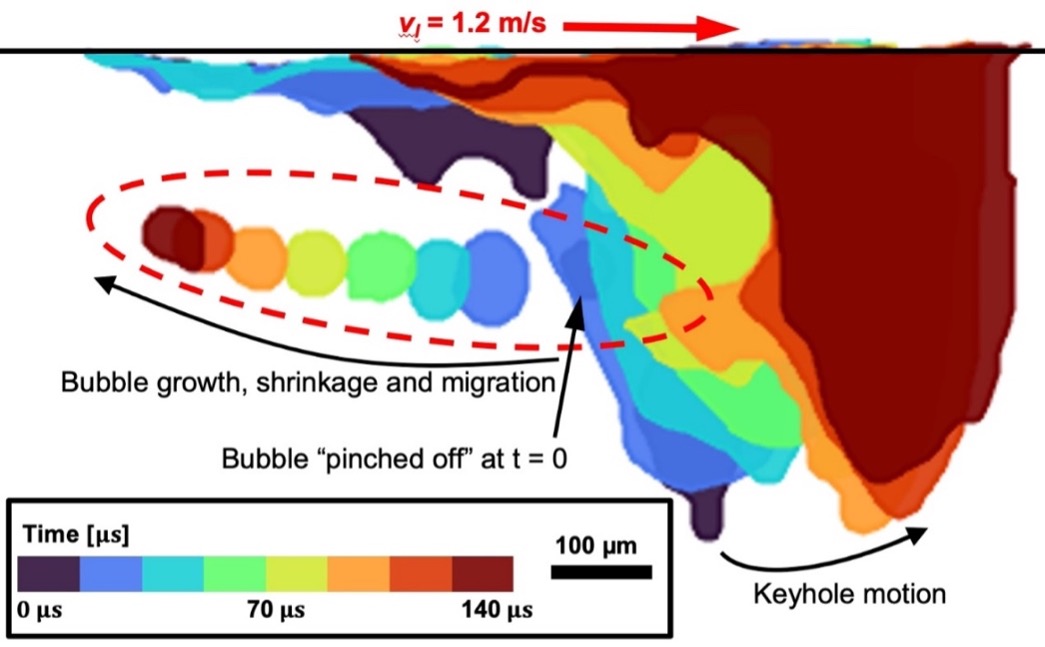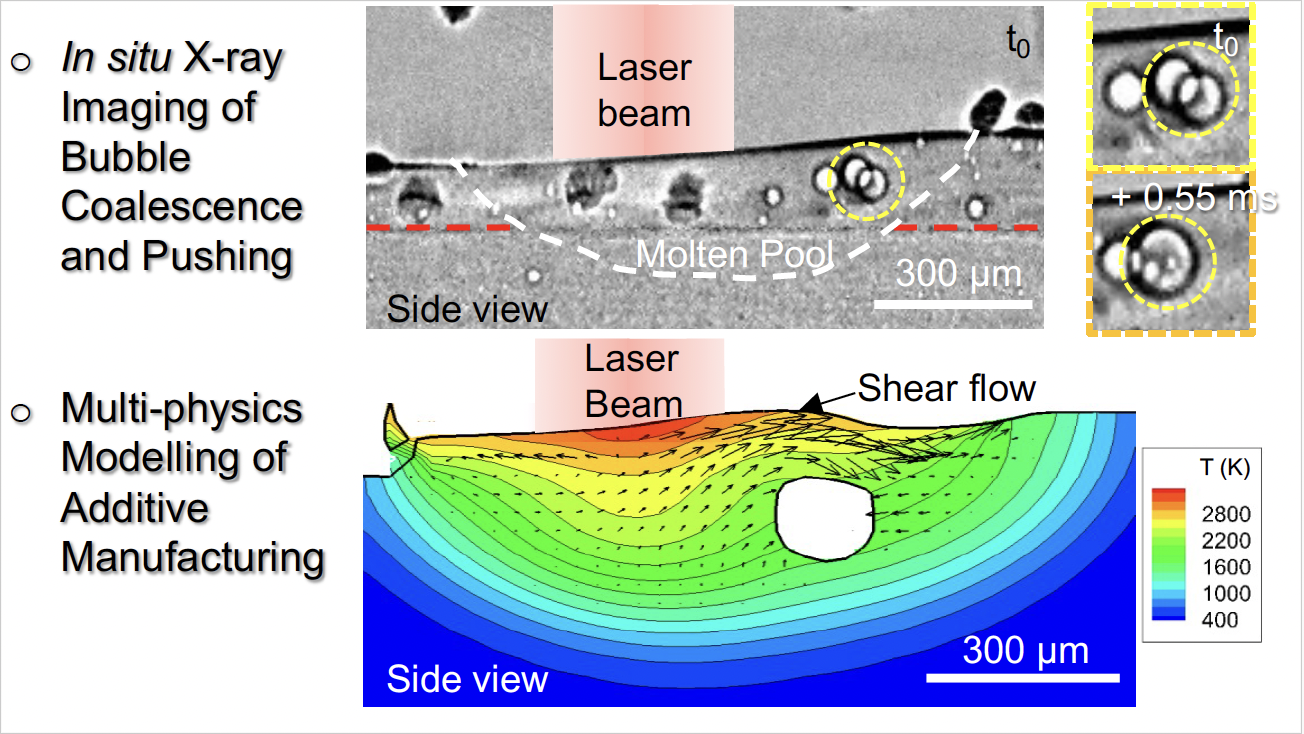All Publications /
Publications:
P2.3 Case Study B (Imperial)
26 / 02 / 24
Development of In-situ Micromechanical Testing
Investigators: Prof. Eduardo Saiz (Imperial)
Researchers: Siyang Wang (Imperial)
Collaborators: IC/SECO Tools
The development of mechanical testing at the microscale can provide new tools to assess the properties of powders and powder granules and their relation to performance in particular processes. For example, in collaboration with the University of Limoges in France, we have been using microcompression in the scanning electron microscope to assess the mechanical response of ceramic granules used in cold spray as their behaviour during compression determines their ability to form a coating. Micromechanical testing also helps to prove the local mechanical response of the materials (for example particular phases in a composite or internal interfaces such as grain boundaries or fibre-matrix interfaces). The data is needed to build and an test quantitative models linking microstructure with macroscopic behaviour. In turn, these models can be used to guide the desing of processing routes to achive the desired microstructures that will optimize performance.
In the framework of MAPP our group has implemented a series of in situ micromechanical tests in the scanning and transmission electron microscopes and the associate analysis to extract quantitative data. In collaboration with SECO Tools, we have employed these tests to analyze the fracture behaviour of cemented carbides (WC-Co). These carbides are used in cutting tools as well as for drilling. Although their fracture resistance is relatively high, their lifetime is still limited by wear and fracture. In particular, it has been observed that a large fraction of the fracture path occurs at the grain boundary between WC grains. We have combined in situ double cantilever testing at the microscale in the scanning electron microscope with electron backscatter diffraction (EBSD) to measure the fracture energy of specific WC/WC grain boundaries and compare it with that of the cleaving WC planes. This work provides critical data needed to desing more resilient microstructures and an overall methodology that we are extending to a wide range of materials and applications such as the effect of hydrogen on the structural integrity of the zircalloys used in nuclear fuel cladding or the understanding of the mechanical degradation of Li-ion battery cathods and how it is linked to the dislocation slip systems. In the later case, the work has been able to provide a quantitative comparison between polycristal and single crystal cathodes and showed the relationship between slip and fracture. This will enable more accurate models for life time prediction.
We are also developing new methodologies. Currently we are working on the in situ observation of crack propagation in the transmission electron microscope with the final goal to image at the nano-scale the crack tip processes that control fracture in a way that with enable a direct link with atomistic modelling. The ability to understand fracture along the length scales will push the rational design of novel structural materials.


Further information
1. SECO tools top up funding $50K
Paper/Publication DOI
1. Determining the fundamental failure modes in Ni-rich lithium ion battery cathodes, S Wang, Z Shen, A Omirkhan, O Gavalda-Diaz, MP Ryan, F Giuliani, Journal of the European Ceramic Society 43 (16), 7553-7560, 2023, https://doi.org/10.1016/j.jeurceramsoc.2023.08.021
2. Slip–hydride interactions in Zircaloy-4: Multiscale mechanical testing and characterisation, S Wang, F Giuliani, TB Britton, Acta Materialia 200, 537-550, 2020, https://doi.org/10.1016/j.actamat.2020.09.038
3. Fracture energy measurement of prismatic plane and Σ2 boundary in cemented carbide, M Emmanuel, O Gavalda-Diaz, G Sernicola, R M’saoubi, T Persson, Susanne Norgren, Katharina Marquardt, T Ben Britton, Finn Giuliani, JOM 73 (6), 1589-1596, 2021, https://doi.org/10.1007/s11837-021-04638-6.
More:
Publications
-

-
X1 Case Study B (UCL)
Impact of powder oxidation during additive manufacturing
Investigators: Prof Peter Lee
Researchers: Prof Chu...

